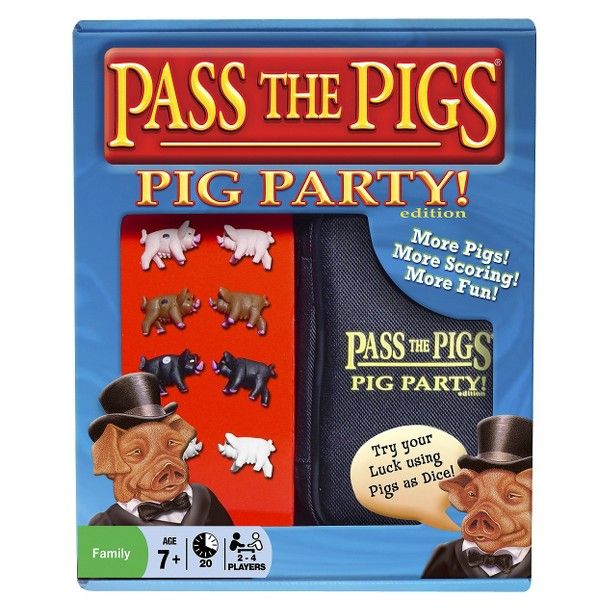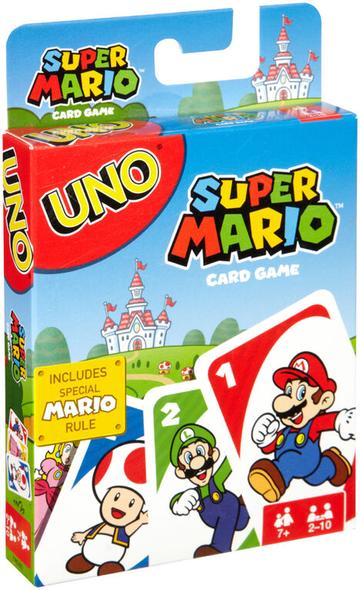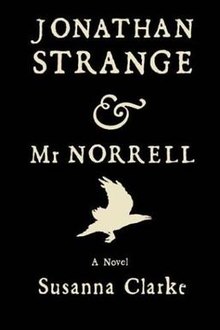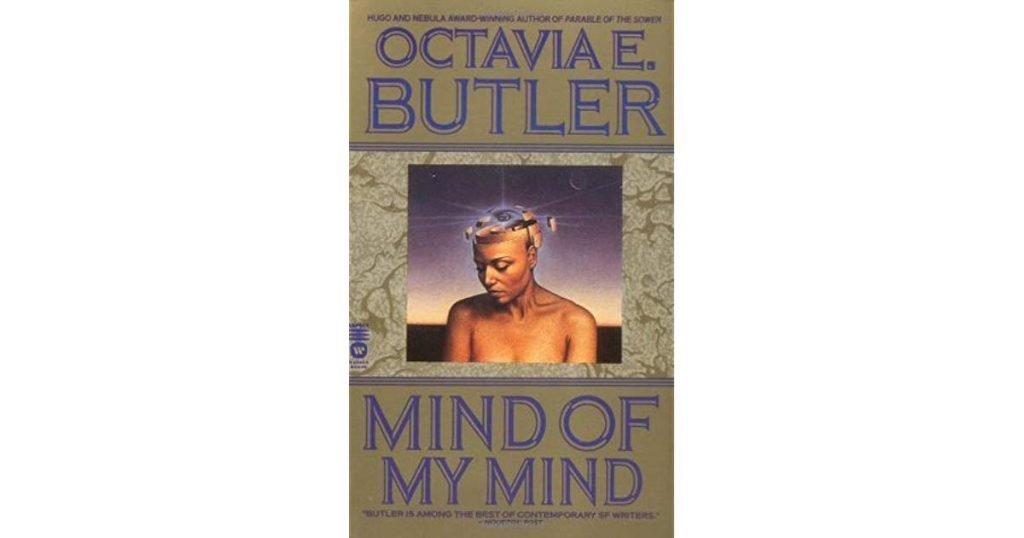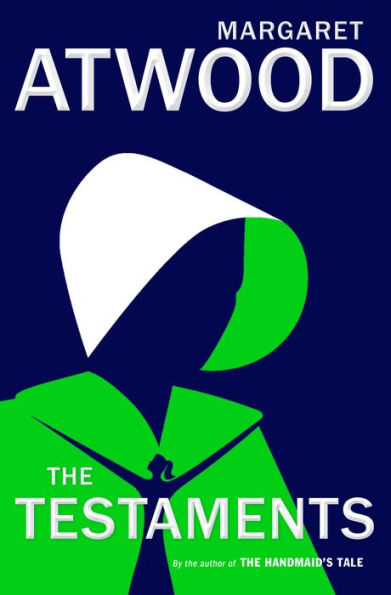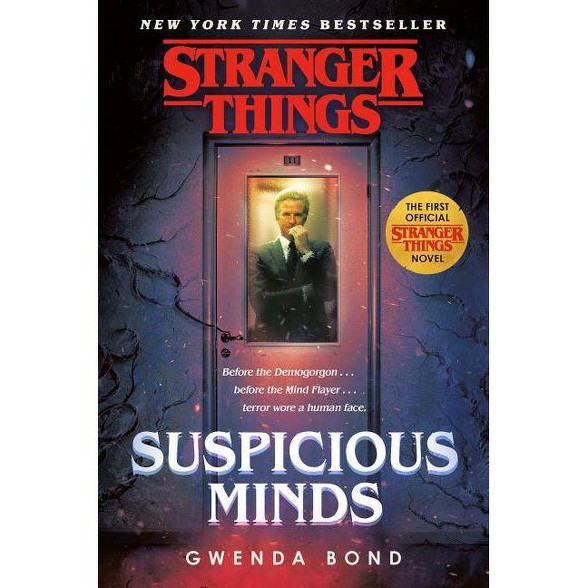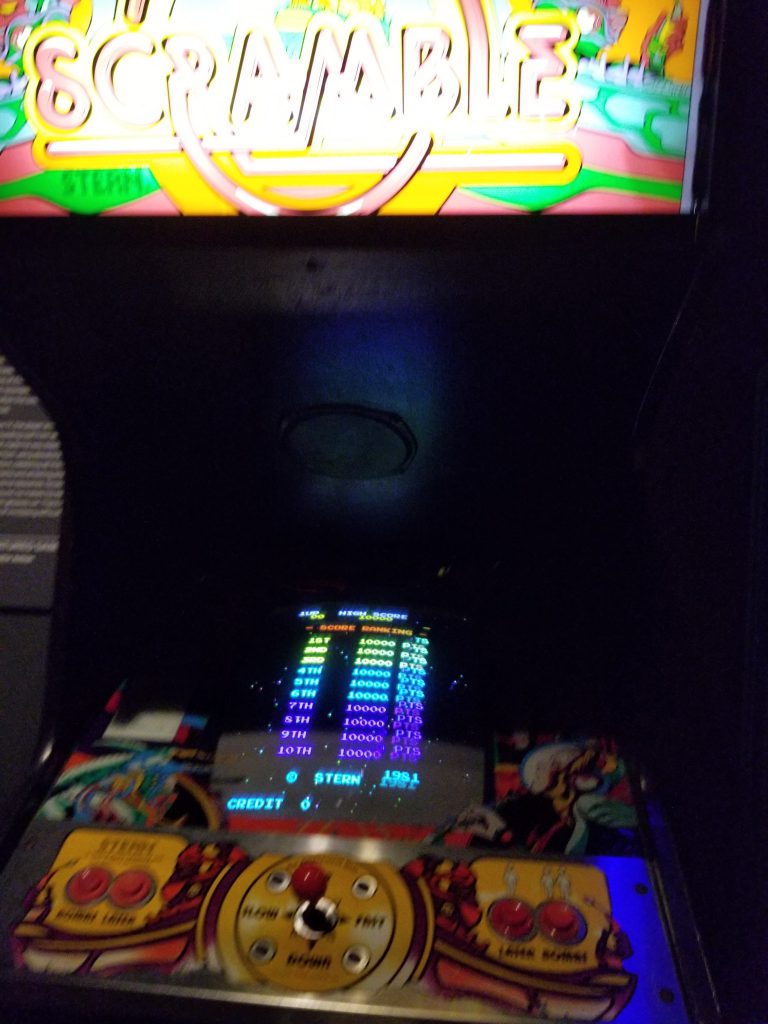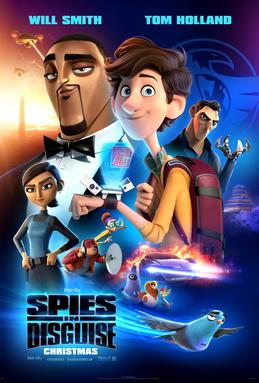
written by David Steffen
Spies in Disguise is a 2019 computer-animated action/comedy film produced by Blue Sky Studios and distributed by 20th Century Fox. The movie follows super-suave celebrity spy (ala James Bond) Lance Sterling (Will Smith), who is on the top of his game, able to infiltrate an enemy’s facility and make it look effortless with a combination of martial arts, gadgets, and catchy one-liners.
But Sterling seems to meet his match facing off against an unknown adversary with a robot hand (Ben Mendelsohn), when he takes the blame for the theft of an expensive drone, and barely escapes agency headquarters when Marcy Koppel (Rashida Jones) of the agency tries to to apprehend him for it. He makes an unlikely friend in a gadget-inventor Walter Beckett (Tom Holland) he got fired from the agency that same day for his flashy but pacifist gadgets. Shortly after, Sterling unknowingly drinks down an experimental chemical formula that turns him into… a pigeon, albeit a pigeon with human intelligence and speech. Being a pigeon makes most of his tactics… less than effective, though it does have a certain appeal in the fact that there is a major manhunt looking for him but they don’t know he’s a pigeon.
I went into this movie with low expectations. It looked like an okay movie to take a kid too, and I thought there was a pretty good chance that I would nap through it. But I thoroughly enjoyed it, I thought it was a lot of fun, and I really enjoyed Will Smith in particular–it reminded me in some ways of his character in the original Men In Black, suave when he needs to be, but out of his element, with a sense of humor that helps him get through more difficult times. I liked the interaction between them, Sterling’s confident and gungho but violent means eventually coming to see the benefits to Beckett’s preferred nonviolent engagement. The villain is suitably scary and easy to root against. My particular favorite part of the movie were the comic relief from the secondary pigeon characters.
I would recommend it, especially if you have kids, but even if not.

